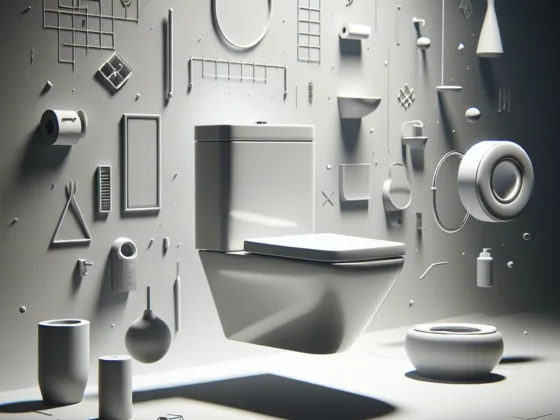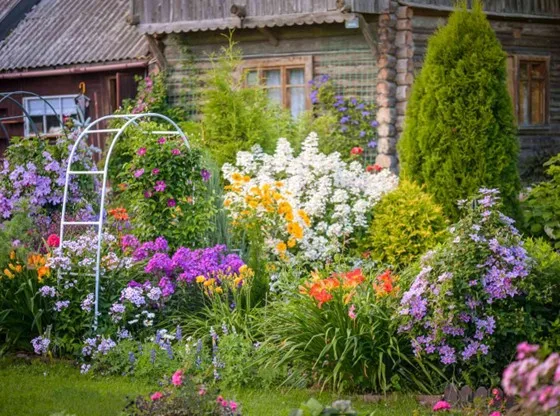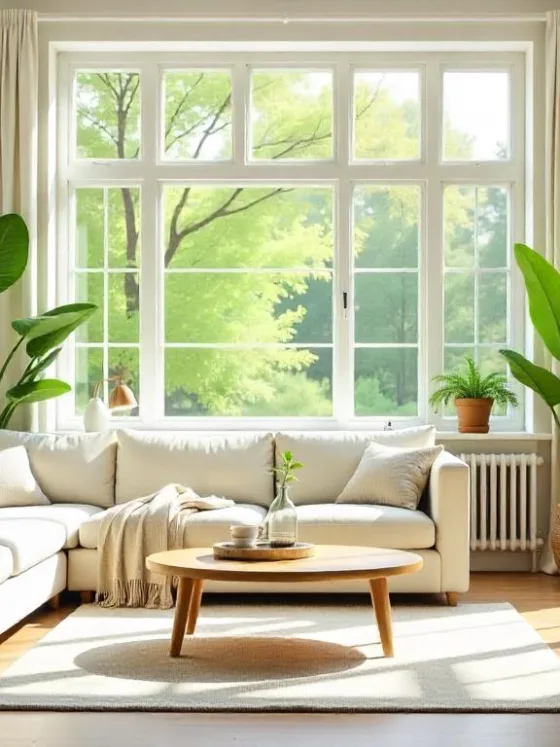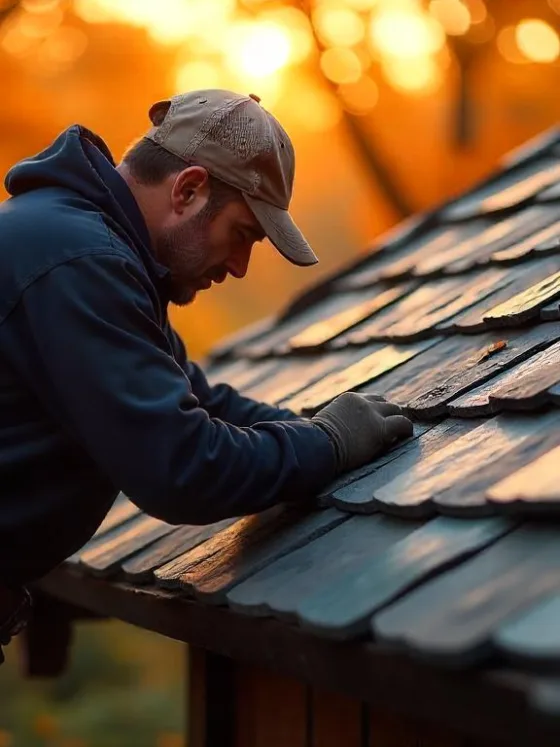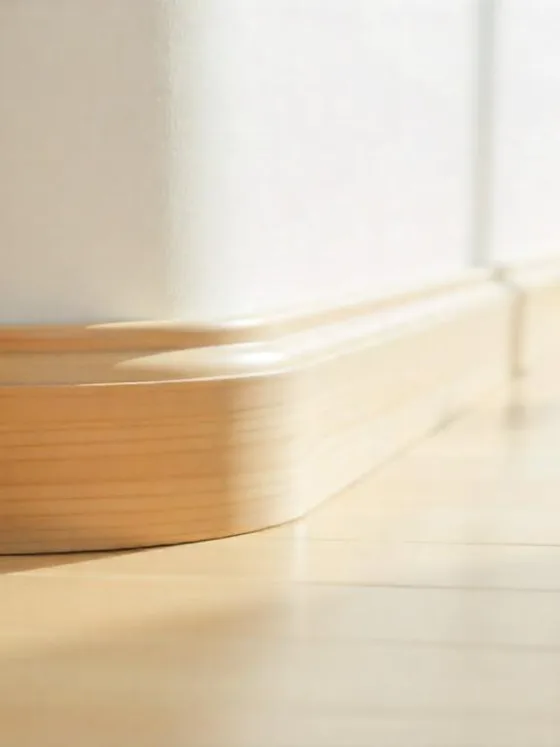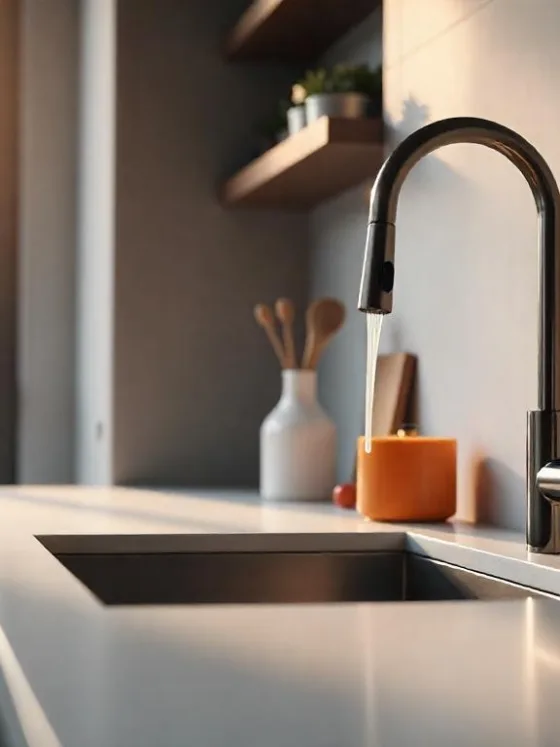Table of Contents Show
Introduction
Converting a small extra room into a principal bathroom is becoming more and more popular among homeowners. But it’s not as simple as just putting up some tile and calling it a day. There are several important things to think about before starting this project, like plumbing, building codes, ventilation, and storage.
This blog post is here to help you with all of that. We’ll give you a step-by-step guide to turning your spare room into the bathroom of your dreams without any problems. Whether you’re doing it yourself or hiring a contractor, this information will be invaluable.
Why Practicality Matters Too
Of course, we all want our bathrooms to look nice. But it’s just as important for them to work well too. Imagine spending all that time and money converting your room only to discover that the plumbing doesn’t work properly or you’ve broken some rules in the building code. That would be a disaster!
That’s why we’re going to cover both the practical and the aesthetic sides of this project. We want to make sure you end up with a beautiful bathroom that also functions perfectly.
Now, let’s get started with our guide!
1. Assessing Plumbing Requirements and Limitations
Before dreaming about the steam from a hot bath fogging up your brand-new bathroom mirror, let’s get down to brass tacks. Plumbing requirements are the beating heart of any bathroom; understanding and assessing these is paramount for a successful conversion.
So, why is this crucial? Simply because you’re not just dealing with the room’s aesthetics but also its functionality. The existing plumbing system in an extra room— or lack thereof —dictates how easily (or not) it can morph into a bathroom.
Here are some key considerations:
Understanding the Existing Plumbing System
A comprehensive knowledge of your current plumbing setup helps to identify possible hindrances. For instance, determining whether there’s enough space under the floor for pipes or if your water pressure can handle an additional bathroom can save you a lot of stress later on.
Evaluating the Need for Additional Plumbing Work
If the room is far from water/sewer lines or lacks space for pipes, brace yourself – plumbing costs will be on the rise! This isn’t necessarily a game-stopper but it’s definitely something to factor in your budget.
Common Challenges in Modifying Existing Plumbing
Every project has its own set of challenges, and modifying existing plumbing is no exception. These might include restrictions due to old building designs, difficulties in extending pipework, or even unforeseen structural issues that may pop up during renovation.
Armed with this information, you’ll be able to make informed decisions and anticipate potential pitfalls. Remember, knowledge is power! And in this case, it’s also the difference between a dreamy new bathroom and a DIY disaster.
2. Understanding Building Codes, Permits, and Regulations
The path to your dream bathroom must pass through the maze of building codes, permits, and regulations. Ignoring these important elements might lead to a botched project or worse – fines, penalties, and a mandate to redo the work.
What are Building Codes?
Building codes are formulated to ensure safety and welfare. These standards govern everything from the minimum size of your bathroom, permissible locations for electrical outlets, to types of materials that can be used. The International Residential Code (IRC) is a good starting point but remember, local amendments often exist.
Importance of Permits
Getting the necessary permits is just as crucial. These legal permissions indicate that your planned conversion is in line with local regulations and codes. Permit requirements vary, but most municipalities require permits for major changes like adding or relocating plumbing fixtures.
Navigating through regulations can be tricky. For instance, you may need to adhere to regulations related to:
- Water conservation
- Energy efficiency
- Accessibility
It’s worth noting that some areas have strict water conservation laws which affect the type of fixtures that can be installed. Similarly, energy efficiency standards might dictate the use of specific lighting fixtures or ventilation systems.
So how do you juggle all these balls without dropping any? The best bet is consulting professionals – architects, contractors, or permit expeditors who understand these requirements. They can guide you through the process ensuring your remodel stays on the right side of the law.
As we move forward in our guide, we’ll explore how ventilation plays an integral role in maintaining a healthy bathroom environment.
3. Evaluating Ventilation Options for a Healthy Bathroom Environment
Breathing life into your new bathroom means ensuring the air within remains fresh and moisture-free. Proper ventilation is not just a convenience; it’s a necessity for maintaining good indoor air quality and preventing mold and mildew from turning your dream bathroom into a nightmare.
Key Benefits of Adequate Ventilation:
- Prevents moisture buildup: Essential for thwarting mold and dampness.
- Eliminates odors: Keeps your bathroom smelling clean.
- Regulates air quality: Reduces the level of harmful pollutants.
When evaluating ventilation options, it’s important to consider the following systems:
Exhaust Fans
These power players are crucial for expelling moist air directly outside, rather than into another room or attic space, which could cause problems down the line. Look for fans with humidity sensors or timers for an extra layer of protection against moisture.
Windows
A more natural option, windows can provide both light and air circulation. However, relying solely on windows may not always be sufficient, especially in colder climates or during inclement weather when opening a window isn’t practical.
It’s worth noting that while exhaust fans are more commonly used due to their effectiveness in controlling moisture, combining both exhaust fans and windows can create an optimal environment. This dual approach allows for the mechanical extraction of humid air during showers while leveraging natural ventilation during dryer conditions.
For those about to embark on this transformation journey, remember that establishing a healthy bathroom atmosphere goes beyond aesthetics—it’s about crafting a space that sustains well-being, too.
4. Choosing Suitable Fixtures, Faucets, and Sanitaryware
The transformation of your extra room into a principal bathroom hinges not only on plumbing and ventilation but also on the fixtures, faucets, and sanitaryware you select. Why? Well, these elements serve a dual purpose: they’re both functional necessities and significant contributors to the overall aesthetic of your space.
What to Consider When Choosing Fixtures and Faucets
When it comes to fixtures and faucets, there is a wide array of options available in terms of style, material, and functionality. Some key factors you should bear in mind include:
- Style: Choose fixtures that sync with the overall design theme of your home. Whether you’re going for a rustic appeal or a modern minimalist vibe, ensure the fixtures align with your vision. Remember, consistency is key!
- Durability: You’d want your new bathroom to stand the test of time. Opt for high-quality materials that can resist daily wear and tear. Stainless steel or brass faucets, for instance, are known for their longevity.
- Functionality: Consider the practicality of the fixtures. For example, if you’re tight on space, wall-mounted faucets save countertop space and allow for easier cleaning.
Tips for Choosing Sanitaryware
As for sanitaryware – toilets, sinks, showers – they play a pivotal role in defining your bathroom’s comfort level and usability. Here are some tips to help you choose the right ones:
- Look for toilets with efficient flushing systems to minimize water wastage.
- Consider sinks with ample counter space or storage options for added convenience.
- When it comes to showers, think about whether you prefer a fixed overhead shower or a handheld option for more flexibility.
To sum up this segment: Your choice of fixtures, faucets, and sanitaryware can make or break your bathroom conversion project. So choose wisely!
5. Addressing Potential Challenges in Storage and Accessibility
When converting a small room into a bathroom, it’s important to consider the possible difficulties related to storage and accessibility. Regardless of its size, a bathroom should be easy to use, comfortable, and functional.
Common Challenges in Small Bathroom Storage
Small bathrooms often have limited space for storage. This can make it challenging to store toiletries, towels, and other essential items. Here are some potential solutions:
- In-wall storage: Utilizing the unused space inside your walls can create extra storage space for small items.
- Vertical storage: Tall and narrow cabinets or open shelves make efficient use of vertical space without taking up too much floor area.
- Multifunctional furniture: Choosing fixtures with built-in storage options such as a vanity with drawers or a mirror cabinet.
Considerations for Accessibility in Bathroom Design
A well-designed bathroom should be accessible to everyone. Here are some factors to consider:
- Door width: Ensure that the doors are wide enough for wheelchair access if necessary.
- Shower design: Walk-in showers are generally easier to access compared to bathtubs, especially for individuals with mobility limitations.
- Fixture height: Install fixtures at suitable heights to accommodate users of different abilities comfortably.
By addressing these potential challenges early on during the planning stage, you can create a beautiful bathroom that is also practical and user-friendly.
Conclusion
In the quest to create your dream principal bathroom, don’t let the size of an extra room be a deterrent. Armed with the knowledge and guidance provided in this article, you are prepared to navigate the challenges that come with converting a small extra room.
From assessing complex plumbing requirements to understanding building codes, you’ve got it covered. Remember, ventilation is key for a healthy bathroom environment, and choosing suitable fixtures not only adds visual appeal but also ensures functionality. Overcome storage and accessibility issues with smart design choices and innovative solutions.
While this journey may seem daunting at first, rest assured that each step brings you closer to realizing your vision. The process can be a great learning experience, offering valuable insights into home renovation.
“The home should be the treasure chest of living.” – Le Corbusier
If along the way you encounter hurdles that seem too high to overcome, don’t hesitate to seek professional help. Experts in home renovation can provide tailored advice and assistance that ensure your project’s success.
Remember, your home is an extension of who you are. So, go forth and transform that small extra room into your dream principal bathroom. Here’s to creating spaces at home that are both beautiful and functional!
FAQs(Frequently Asked Questions)
The practical aspects include assessing plumbing requirements and limitations, understanding building codes, permits, and regulations, evaluating ventilation options, choosing suitable fixtures, faucets, and sanitaryware, and addressing potential challenges in storage and accessibility.
Practicality matters because it helps in understanding the existing plumbing system, evaluating the need for additional plumbing work, navigating through building codes, permits, and regulations, selecting suitable ventilation options for a healthy bathroom environment, and addressing potential challenges in storage and accessibility.
Common challenges include assessing plumbing requirements and limitations, understanding the existing plumbing system, evaluating the need for additional plumbing work, and addressing potential challenges in storage and accessibility.
Building codes are formulated to ensure safety and welfare. They are important because they guide the process of understanding building codes, permits, and regulations when converting a small extra room into a principal bathroom.
Adequate ventilation is important because it prevents moisture buildup which is essential for thwarting mold and mildew. It also helps in expelling moist air directly outside through exhaust fans or windows.
When choosing fixtures and faucets, it’s important to consider their functionality and aesthetics. As for sanitaryware – toilets, sinks, showers – they should be chosen based on their quality and suitability for the space.
Citation
- “Warwick Rugby Daventry Extending Your Home.” Accessed January 10, 2024. https://www.extendingyourhome.com/labc/gteyh/warwickrugbydaventry/warwickrugbydaventrygteyh2020/.
- Finn, Casey. ‘Bathroom Decorating 101 – Dos + Don’ts | The DIY Playbook.’ DIY Playbook. Last modified July 11, 2022. Published August 16, 2019. Accessed January 10, 2024. https://thediyplaybook.com/bathroom-decorating-101/.
- Kmetzsch, Cassity. ‘Remodeling a Small Bedroom into a Bathroom | Remodelaholic.’ Remodelaholic. Last modified March 14, 2016. Accessed January 11, 2024. https://www.remodelaholic.com/remodeling-a-small-bedroom-into-a-bathroom/.
- Houzz. “8 Essentials When Converting a Room Into a Bathroom | Houzz AU.” Accessed January 11, 2024. https://www.houzz.com.au/magazine/8-questions-to-ask-before-converting-a-bedroom-into-a-bathroom-stsetivw-vs~54406565.


